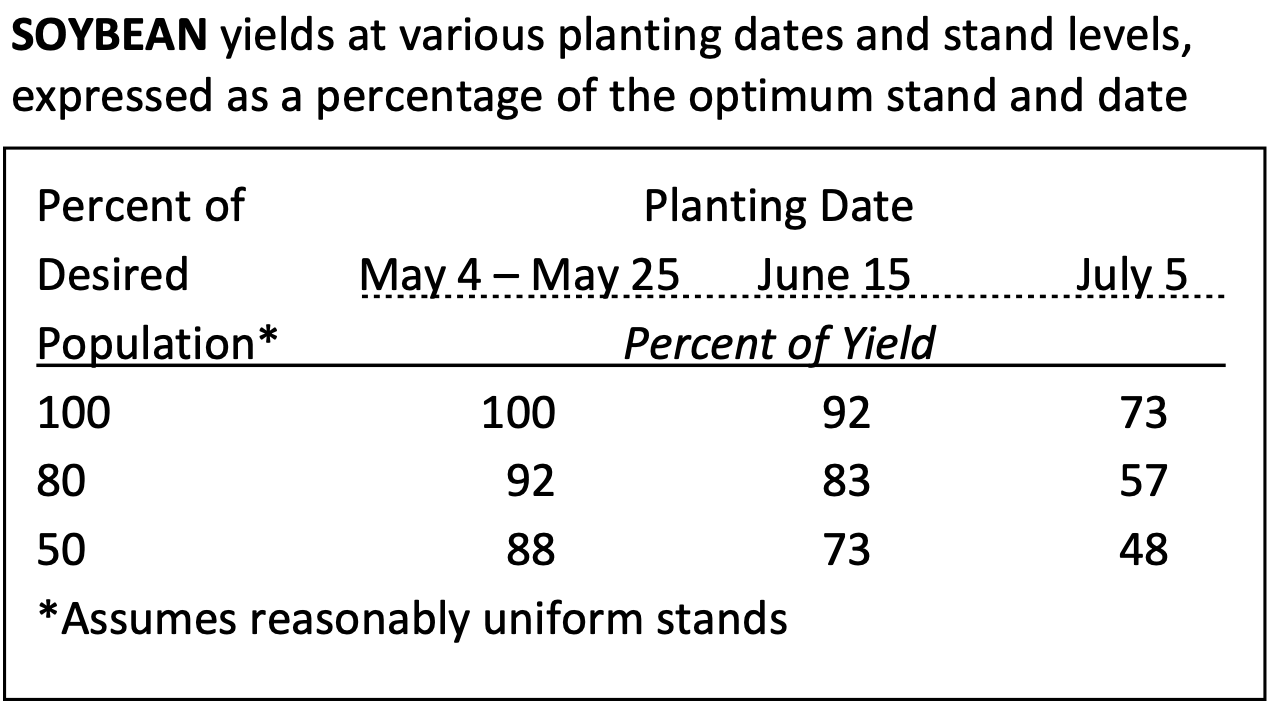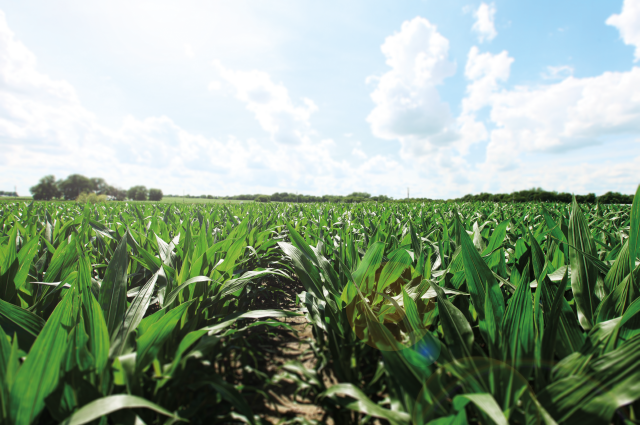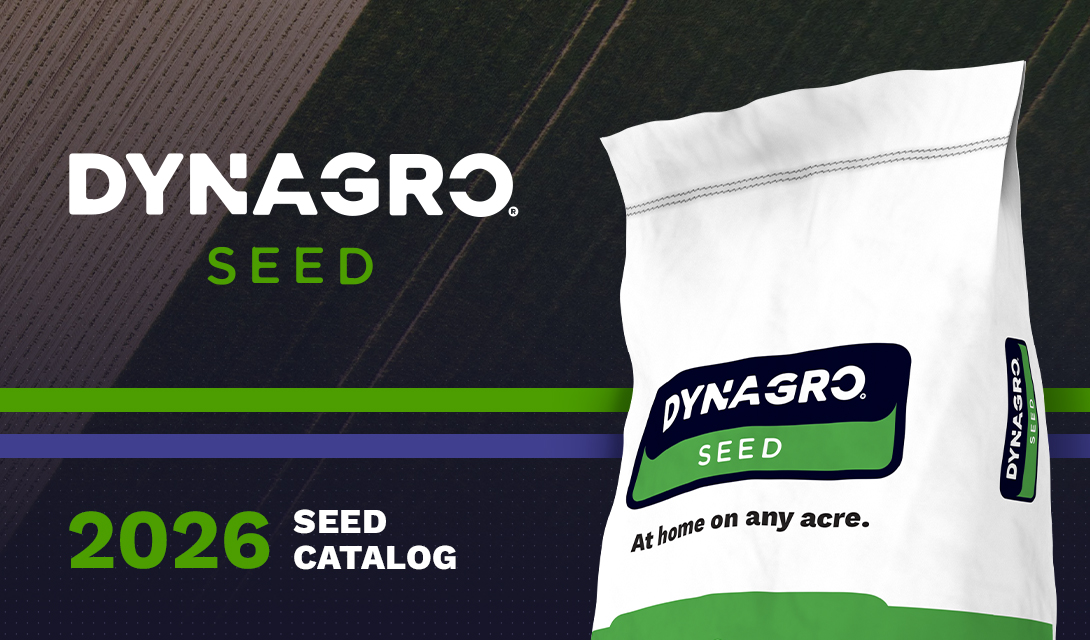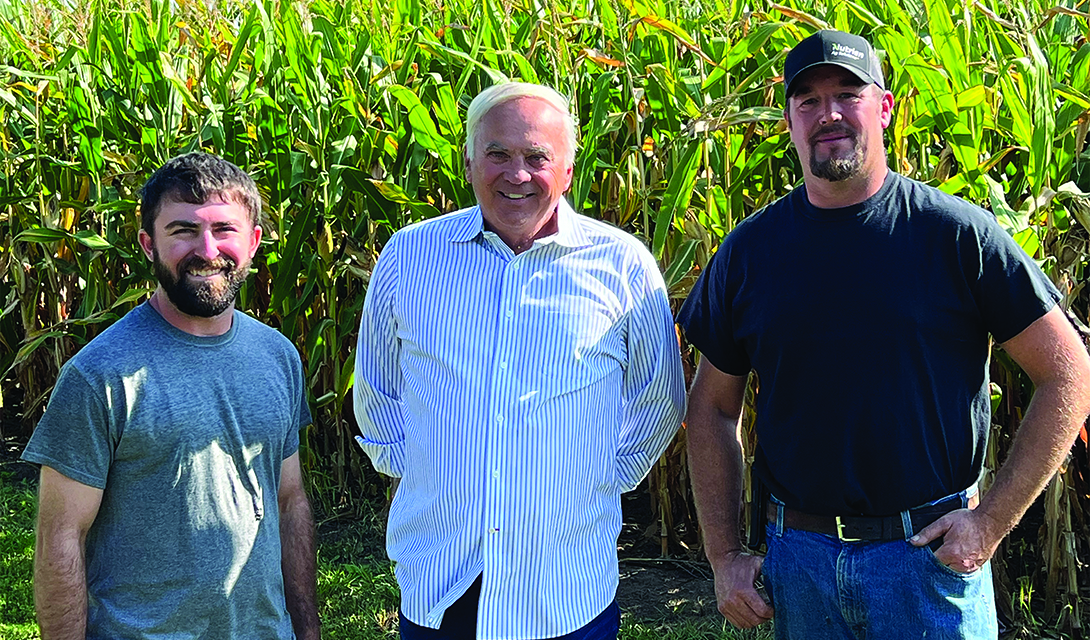Corn Replant Decisions
Now is the time when corn producers should be out in their fields assessing stands to determine if replanting is necessary. Replant decisions are never easy and are ultimately determined by which decision provides the greatest net income.
Each field will have its own set of circumstances that will influence the decision. Remaining stand and likely replant date will be the key issues.
For various reasons -- weather, soil, crusting, insects, or diseases – poor crop stands sometimes occur, requiring a replant decision. The issue is whether a late-planted crop at a non-guaranteed population level will produce a higher net income than an early-planted less than desired stand.
Once again, stand assessment will be important to determine if the damage will be economic. Young corn plants (<V5 stage of development) can tolerate significant leaf damage and loss and yet remain viable and produce new leaves. This is because the growing point remains below the soil surface until approximately the V6 stage.
However, flooded areas in fields also may cause stand losses. Small corn plants are not tolerant of flooding and may succumb to this condition in one to three days. Warm, sunny days may accelerate these losses. Soybean shows slightly better tolerance to flooding but still will not tolerate this condition very long.
There is a decided yield penalty for delayed planting. The tables below can be used for general replant guidelines and shows most recent data on stand levels and planting dates. Although growing season, location, hybrid, and other factors may cause some variation in the data, the information in the table will serve as a good starting point for making replant decisions.
Attempts to “thicken” stands by inter-seeding directly into an existing stand generally result in additional complications. Larger plants compete strongly for space, water, and nutrients and complicate subsequent management decisions.
Thus, it is always recommended that if a replant is warranted, destroy the original stand and start over. If the original stand is adequate, leave it alone and be willing to accept it as is.
As an example, in the corn chart, if you planted at the optimum time for your area and anticipated a final stand of 27,500 plants per acre, you might expect to achieve 95% maximum yield. If, at a later date, you find that the stand is only 19,000 plants per acre, your yield expectation is 78% of maximum. This is a 17% yield loss due to stand reduction.
If you can replant May 20 and actually achieve a 30,000 plant population, yield prospects would be 90% of maximum. This is a 12% (90-78) gain in favor of replanting over leaving the older stand, reduced stand. Will a 12% increase pay the replanting costs and provide something to cover the risks of replanting. Also strongly consider additional weed competition from a reduced stand, the health of surviving plants and uniformity of the existing stand when making a replant decision, the charts are based upon uniform stand distribution and healthy plants.
Another major consideration that goes hand-in- hand with making a replant decision is whether or not a hybrid change is needed or perhaps a change to an alternate crop such as soybean. Switching to an earlier maturing corn hybrid can be done at any time if so desired. Hybrid and planting date studies, however, suggest switching roughly five days earlier in maturity if planting is delayed beyond May 20 and another five days earlier if delayed beyond June 1. If considering switching to soybeans or another crop, double check to insure safety from herbicide carryover.

Soybeans
Soybean plants readily compensate for stand variations. Usually a 50% stand, if planted at a normal time, will not justify replanting. When replanting or double cropping soybeans, switching to a “too early” variety can be costly. Becausesoybeans are day-length sensitive, adapted medium-full season maturities can be planted until about June 10. After that date, adapted medium maturity varieties for your area should be planted.
Varieties earlier than this will not mature faster and do not grow to adequate height and also pod very low, making harvest very difficult. For replant or double crop production, narrow row spacing and increased plant populations are desirable.
Don’t rush into replanting without careful assessment of all the factors involved, patience normally flavors leaving the existing stands in most situations.


Individual results may vary, and performance may vary from location to location and from year to year. This result may not be an indicator of results you may obtain as local growing, soil and weather conditions may vary. Growers should evaluate data from multiple locations and years whenever possible. Dyna-Gro® is a registered trademark of Loveland Products, Inc. Featured logos are service/trademarks of their respective owners.




